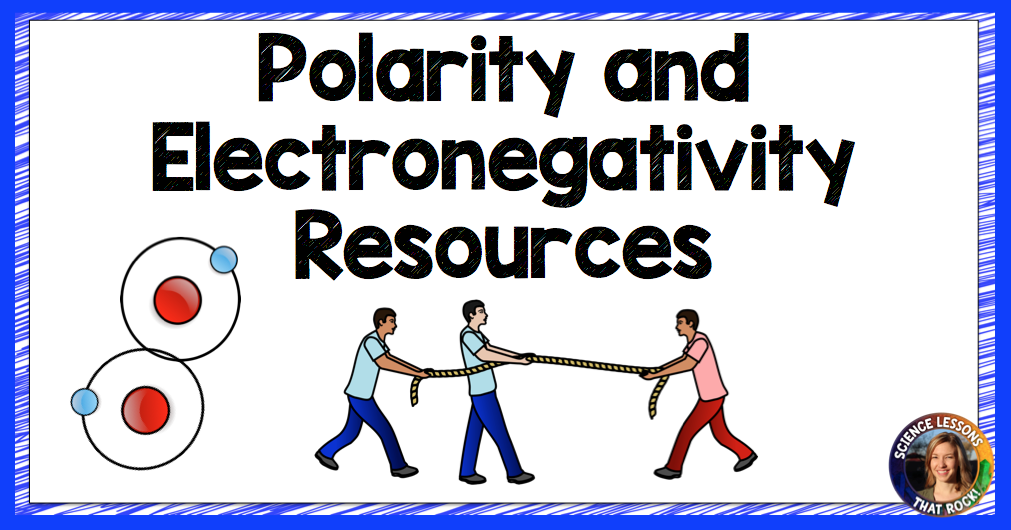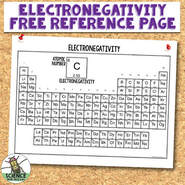Even though I have taught life science most of my career and not physical science, I still feel it is important for students to understand polarity and electronegativity. If students don’t understand polarity, they won’t understand why the cell membrane has a hydrophobic and hydrophilic region. Understanding polarity also helps them understand protein folding and so many other macromolecule concepts. Because of this, I spend time before my cells unit reviewing the periodic table, bonding, and polarity. Here are a list of some resources you may find helpful!
The website Middle School Chemistry has a ton of free chemistry lessons and labs aimed at lower secondary grades, including this one on why water is a polar molecule. You can check out the lab here.
Want to add a little coloring to your polarity lesson? Check out this polarity color-by-number activity to give your students a bit of a brain break. You can find it here.
This resource is a cartoon called “The Bare Essentials of Polarity” and uses polar bears and penguins to help students visually understand polarity and electronegativity. I use it every year and get so many “ah-ha” moments by the end. You can download the cartoon here.
Similar to the cartoon listed above, I created this review worksheet that uses a tug of war as an analogy for polarity. It would be a great homework assignment following your polarity lesson. You can check it out here.
Have kinesthetic learners? In this lesson plan from TeachChemistry.org, students model electronegativity and polarity of molecules.
If you have access to computers, PHET has a free interactive website where students can play around with and observe the polarity of different molecules. You can access the interactive here.
My friend at Science with Mrs. Lau created this free electronegativity reference page you can print and have students keep in their binders. You can download it here.
I haven’t tried this last lab, but it looks like a blast! Students use food coloring, paper, and shaving cream to make observations about polar molecules. You can check it out here.
I hope one or two of those links are useful to you! If you have any other favorites, drop them in the comments, I’d love to check them out!











